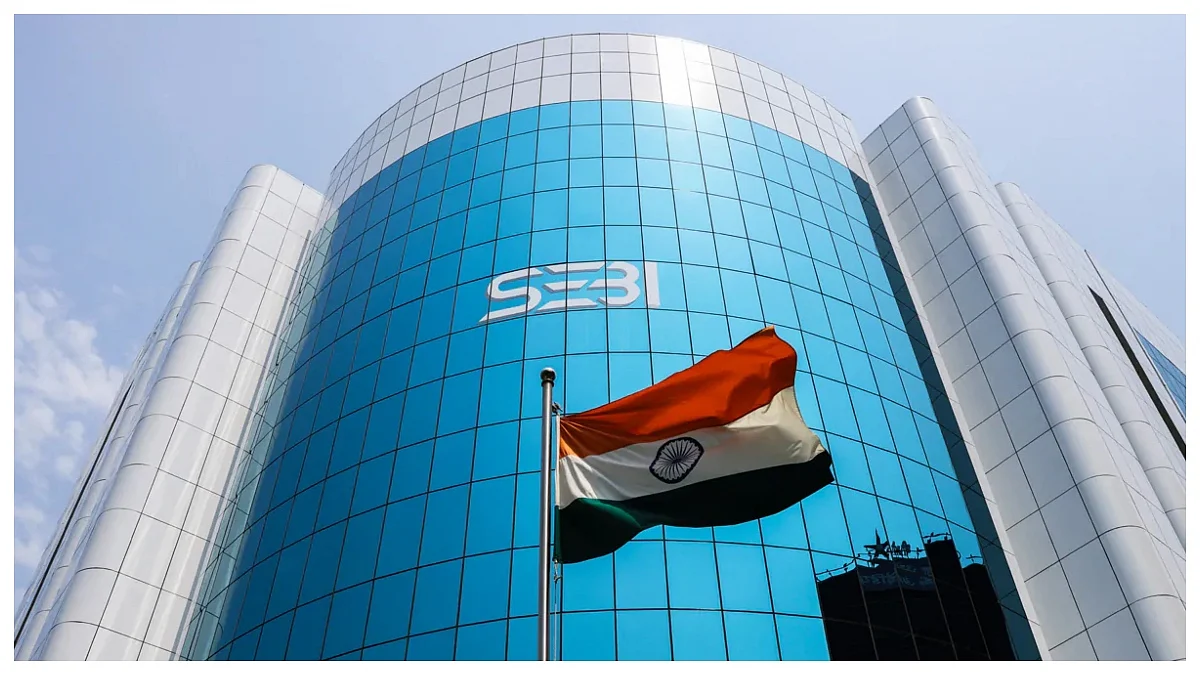The Kirloskar group, headquartered in Pune, is 130 years old. Alok Kirloskar joined the group after graduation from Carnegie Mellon University and currently director at Kirloskar Brothers Limited (KBL) and MD at SPP Pumps Limited, UK.
In a chat with Pankaj Joshi and R N Bhaskar, Alok explains how technology has been used to mould the business of KBL to global standards, and how India should view the technology disruption that constitutes Industry 4.0.
Edited excerpts:
Could you give a bit of perspective on your journey at Kirloskar Brothers? How has the company evolved technology-wise?
Today, I am responsible for the complete international business of pumps. When I first joined Kirloskar Brothers in 2007, after my stint at Carnegie Mellon University, I started with looking at processes in the customer service practice.
First learning was that our response time was a critical area that needed attention, for which Artificial Intelligence (AI) came up as a solution.
We built it by 2011 and are constantly developing the same to adapt it our new learnings, built around customer requirements. Today, the system can understand the liquid which is being pumped, and adapt in the manner of curves, in the technology, process, design and all that comes out in customised drawings and prints. All this is now a matter of two-three minutes.
What does technology do for KBL internally?
AI has advantages beyond customer satisfaction. For instance, we have an engineer base where most of the engineers were just tinkering and adapting. Now with AI taking up most of the routine needs, these are pushed into research and development. That is a really productive use of their talent and has contributed to a new pipeline being built.
Beyond that was the urgency and value of knowledge management. Our group is 130 years old and there is a considerable history of people retiring with 40 years of service within the group. When they retire, the experience they carry with them goes away and it is a tangible loss to the group. Now with AI, we can tap into the knowledge and the millennial generation gets the benefit, who anyway do not care much for reading.
How do you identify challenges and use technology as a response?
The first challenge was — how do we automate more on the manufacturing side? The obvious response would be through 3D printing. In 2013, we entered into a strategic agreement with a German start-up whereby we could focus on the 3D commercial aspect. We focused on the 3D technology application and zeroed in on low volume and specialised products which would justify the usage. As a result of all this, we invested in what is even today the world's largest 3D printer. What that gives us is a good grip on the client production, to the extent that we have the capacity to generate own spare parts as well as those of other vendors. This definitely is a disruptive advantage for us.
The second challenge was to improve the product mix. KBL has traditionally been a project-oriented company. In 2010, around 75 per cent of business came from projects, but now in 2020 around 95 per cent of business is from products. Here onwards the focus will be to change activity from product to service because service is often a first entry point into a long-lasting relationship. Our UK business has already seen this transformation. In 2012, the service component in the revenue there was 8 per cent which today is close to 35 per cent.
The next stop on the innovation road was the adoption of augmented reality (AR) which happened in 2016-17. The big outcome required was that the knowledge of site visits - process, learning, outcomes - be banked. This knowledge once converted into an app, would be immensely beneficial to all parties.
One more intangible challenge in this transformation is changing the mindset of the customers. For us, the benefit is apparent - both AI and AR change the way we work, improve sustainability and people overall move from firefighting to thinking. Today, our systems are on par or better than those of global players, and we have a presence in diverse areas like oil and gas, nuclear etc. For our size, we are definitely punching above our weight. For instance, we can calibrate pumps so that fish can pass through without dying, which would be extremely vital for projects like Namami Gange.
From an overall perspective, what is needed for Indian manufacturing to be ready to face the future?
From the viewpoint of industry 4.0 (a high degree of automation following on steam, electricity and computerisation), India needs to understand what to adopt. Technology has one big disadvantage for India - our depreciation costs would be the same as developed nations. We have to ensure labour deployment to harness the cost advantage - for that we need to harness data analytics and optimise the role of capex. For instance, our 3D printer is more effective when we use it for low-volume and high-performance products. We can focus on fewer and more specialised processes and get the advantage in quicker turnaround time.
Similarly, virtual reality (VR) substitutes efficiently in workforce training for us, and this can be stretched across industries. India's demographic dividend can be harnessed only through proper training. Maybe we can have VR centres in local schools everywhere, which will need limited incremental investment and efficiently work on the target population segment.
How do Indian labour laws fair from the employers' viewpoint compared with global standards?
On the law front, our report card is mixed. For white-collar workers, our policies are absolutely fantastic — the best in the class. These have to be properly publicised. So that we can take advantage of the current situation and attract investment moving away from China, which right now Thailand and Vietnam are doing. Against that, blue-collar policies are pretty bad. We do not have a clear disengagement process, which is pretty well laid out in Europe, without political involvement. Both Thailand and Vietnam are seen as more transparent. Blue-collar policies are vital for India because we have a massive domestic market, a cost-effective labour force and a wide manufacturing canvas so that most of what we need can be sourced locally.
In that context, our group is better placed in performance terms. A good many of our plants are located in rural areas. A lot of our recruitment is local, and we train this local workforce too. Our experience is that such workforce then shows better continuity and lower attrition. The loyalty of such workforce enables both parties to go the extra mile, which ultimately benefits the business.
How has the pandemic environment impacted the overall work plan and how do countries worldwide deal with it?
Other countries have policies which we can emulate, especially in the context as it said, of working in a pandemic environment. UK government, for instance, gives a subsidy of 30,000 pounds or 80 per cent of salary, whichever is less. That means lower layoffs. For us specifically, we laid off around 10-12 per cent of our workforce of 400. The current level of automation is fine, with a bit of further investment in sensors, we actually see better productivity from a smaller workforce.
The UK government also has a kickstart programme — where young people come in and work at the plant. Up to 5 hours a day, their salary is paid by the Government and beyond that, the company has to pay. The UK government also has an apprentice levy of 1 per cent of turnover, something in the nature of a CSR outgo. Against that, if a company takes apprentices on rolls and trains them, they can claim compensation for the same and it gets adjusted. We need to look at such policies here too.








